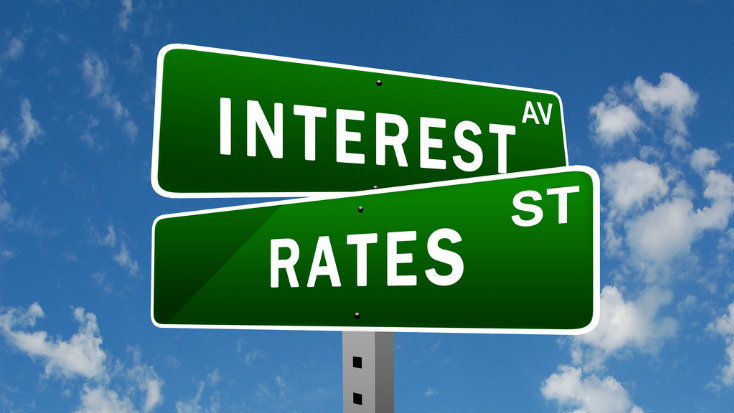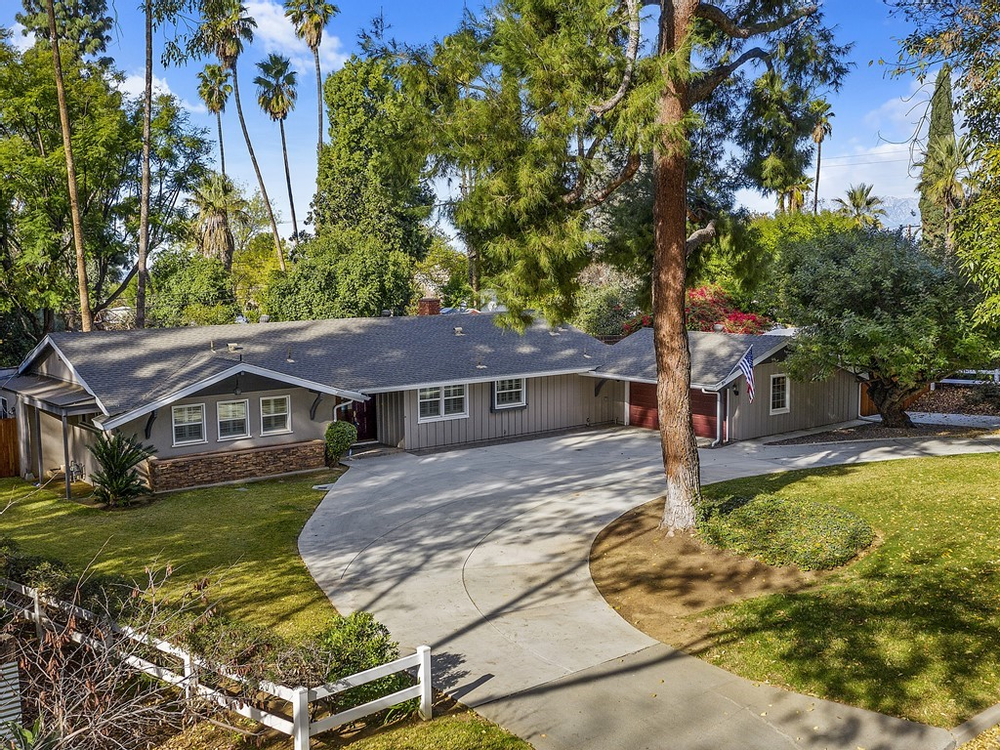
It seems as if every time you open up the paper today or turn on the nightly news, the resounding theme circling our real estate market is that inventory continues to tighten to historic lows, forcing home prices to rise to levels as high as they stood in 2007 before the housing crash. It’s no wonder people are starting to think we are in another bubble; ready to burst at the seams. So with all of this talk about affordability and lack of inventory, what does the road ahead really look like? We know we have covered this in past newsletters, but as it is a topic that continues to bombard our news cycle, let’s look at this again as we head in to the “selling season” of 2018.
First of all, let’s put everyone’s mind at ease and start off by saying…We are NOT in a bubble and the state of our current real estate market is much different than it was in 2007. In fact, it is more positive and stab
le than it was in 2007. The stability and difference today is due to 6 key points:
1. Lending has stricter guidelines and there are no crazy loans being made. The 100% financing/interest only loans made solely on the basis of a buyer’s statement no longer exist. Buyer’s need to provide income and asset documentation in order to qualify for a loan.
2. Loans are made on fixed rates. We are not encountering loads of adjustable rate mortgages like we did in the past. Most buyers are purchasing homes using 4-5% fixed rate mortgages. IF by chance a buyer does happen to use an adjustable rate mortgage, they are being qualified based on the matured rate/payment amount and not the initial rate/payment amount.
3. Low equity extraction. Most people are not refinancing and taking the equity out of their homes to make other large purchases such as cars, boats, etc. So their “nest egg” is still there and will increase as long as home values continue to rise.
4. New construction is still at a below average level. The cost of building is still too high for most builders to make a profit in the Inland Empire. Construction wages are high; land values are elevated; and the overall cost of developing is rising due to the cost of permits and the length of time it takes to obtain them. The net result is not enough new housing to meet buyer demand.
5. Housing retention templates are in place, if needed. One of the biggest take-a-ways from the housing crash in 2007 were the programs and templates put in place to help homeowner’s if they found themselves in financial crisis or on the brink of losing their home. Going forward, banks and financial institutions will likely implement these programs again to avoid the mass exodus of homeowner’s walking away from their homes as they did in 2007. Let’s face it, banks do not want to be homeowners. Banks only want to lend to borrowers, not own homes.
6. Appreciation is at sustainable levels. Year over year appreciation of home values are rising, but at healthy sustainable levels. The appreciation levels prior to 2007 were increasing per quarter at higher rates than we currently have in an entire year. There was no way we could sustain increases at that rate. Appreciation forced our entry level buyers out of the market. This is not the case today. Housing prices are rising, but not like they did in 2004-2006.
In summary, the overall real estate market remains healthy. Unemployment is at a 17 year low, interest rates are still at historic lows, and people are looking to obtain the American Dream…owning a home! So whether you are looking to buy or sell (or both!), now is the time. The Inland Empire is still the most affordable place to live in Southern California, and if you ask us, it is the best to place to live under the sun.
Take care and as always we are only a phone call or text away.







0 Comments